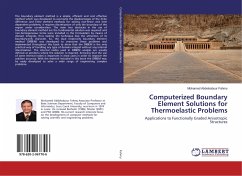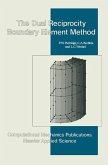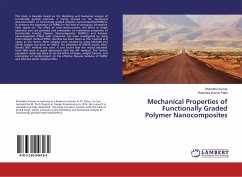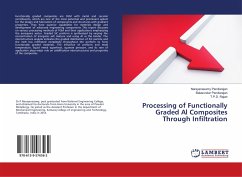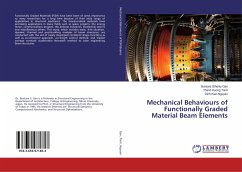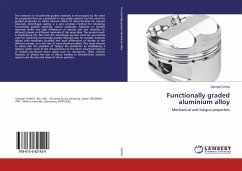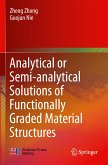The boundary element method is a simple, efficient and cost effective method which was developed to overcome the disadvantages of the finite difference and finite element methods for solving non-linear and time dependent problems, it requires discretization of only the boundary of the region under consideration. The main two obstacles in the use of boundary element method are the fundamental solution was required and non-homogeneous terms were included in the formulation by means of domain integrals, thus making the technique lose the attraction of its boundary-only character. So, the dual reciprocity boundary element method (DRBEM) was developed to overcome these problems and implemented throughout this book to show that the DRBEM is the only practical way of handling any type of domain integral without any internal discretization. The internal nodes used in DRBEM analysis are usually defined at positions where the solution is required. Knowing that the use of some internal nodes is important in most cases in order to improve the solution accuracy. With the material included in this book the DRBEM may be easily developed to solve a wide range of engineering complex problems.
Bitte wählen Sie Ihr Anliegen aus.
Rechnungen
Retourenschein anfordern
Bestellstatus
Storno

